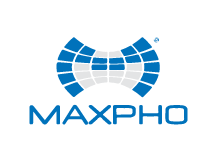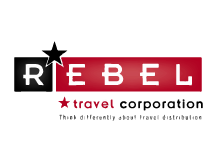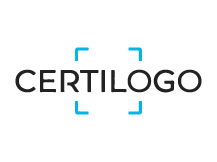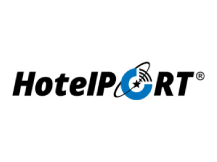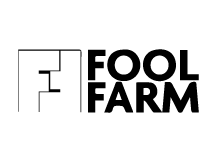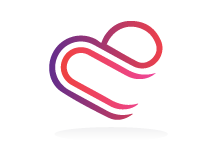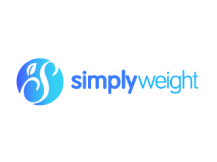Artificial intelligence (AI) is making waves across industries, and the creative field is no exception. As AI-powered tools become increasingly sophisticated, many in-house brand teams are exploring how these innovations can be integrated into their creative processes. From generating visual content to analyzing consumer preferences, AI offers a wide range of possibilities that promise to enhance creativity and streamline workflows. However, with these advancements come important questions about the practical application, limitations, and ethical considerations of using AI in brand creative.
Many in-house creative teams wonder if AI will stifle creativity or replace human ingenuity. In reality, AI is more of a collaborative tool than a replacement. Rather than taking over the creative process, AI enhances it by automating repetitive tasks, offering inspiration, and helping teams iterate more quickly.
For instance, AI-powered design tools can generate multiple variations of a design based on specific parameters, giving designers more options to choose from and refine. AI can also assist in tasks like resizing images for different platforms, analyzing design trends, or suggesting color palettes. This frees up time for creative teams to focus on higher-level strategic thinking and storytelling.
In addition, AI can act as a creative partner by generating ideas that humans may not have considered. AI-generated images, copy, or even music can serve as a starting point for creative professionals to build upon, combining human intuition with machine-driven suggestions.
Embrace Data-Driven Creativity
AI tools for brand creatives span a variety of functions, from content creation to data analysis. Some popular categories include:
One of AI’s most powerful applications in marketing is its ability to create personalized content at scale. In-house teams are increasingly using AI to deliver more targeted, relevant messaging to their audiences based on data-driven insights.
By analyzing customer data—such as past behaviors, purchase history, and engagement patterns—AI can generate personalized product recommendations, tailored email content, and dynamic ad creatives that speak directly to individual users. This level of personalization is critical in today’s marketing landscape, where consumers expect brands to understand their unique needs and preferences.
AI can also help automate A/B testing on a large scale, optimizing content variations to see which messaging resonates best with different audience segments. This leads to more efficient, data-backed creative decisions.
A common concern is whether AI will replace creative professionals in the workforce. While AI is undoubtedly reshaping the nature of creative work, it is unlikely to eliminate jobs altogether. Instead, it will shift the role of creatives, requiring them to adapt and embrace new tools that enhance their skill sets.
Rather than focusing on tasks that AI can automate, like basic design or content generation, creative professionals will be tasked with higher-level thinking—developing brand strategies, refining AI outputs, and ensuring that campaigns align with human emotions and values. The human touch will remain vital, especially in areas like storytelling, conceptualization, and creating a genuine emotional connection with the audience.
AI will also create new opportunities for specialized roles in fields like AI training, prompt engineering, and ethical oversight. The key for in-house teams is to view AI as a tool that enhances their work, not a replacement for their expertise.
As AI becomes more integrated into brand creative, ethical considerations come to the forefront. In-house teams must navigate issues like bias in AI-generated content, the authenticity of AI-created work, and transparency in how AI is used.
Easy AI Tools to Try:
To stay competitive, in-house teams must embrace AI while also fostering creativity and human ingenuity. AI is a tool that can speed up production, increase personalization, and offer new creative possibilities, but it works best when paired with a strong creative vision and strategy. Teams should focus on staying agile and adaptable, learning to integrate AI tools without losing sight of the brand’s core identity. Training team members to work effectively with AI, continuously exploring new technologies, and experimenting with how AI can push creative boundaries will ensure that your brand remains at the forefront of innovation.
AI is transforming the way in-house creative teams approach branding, design, and content creation. By automating routine tasks, offering creative inspiration, and enabling personalization at scale, AI can enhance the creative process while empowering teams to do more with less. However, with these advancements come important considerations. From ethical concerns to the evolving role of creative professionals, teams must approach AI thoughtfully and strategically. The key is to view AI as a powerful tool that complements human creativity—opening new doors to innovation while staying true to the heart of your brand’s story.
Unites States, United Kingdom, UAE, Italy, Netherlands, Canada and more...

